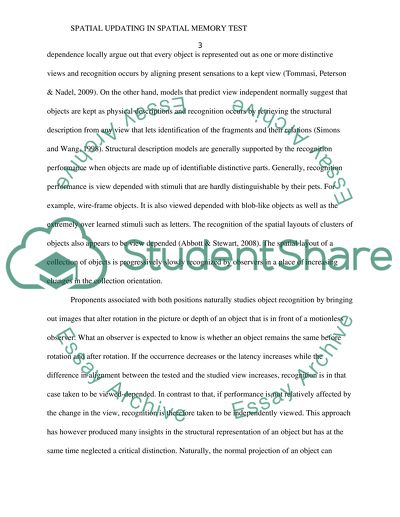Cite this document
(“Spatial Updating In Spatial Memory Test Essay Example | Topics and Well Written Essays - 3500 words”, n.d.)
Spatial Updating In Spatial Memory Test Essay Example | Topics and Well Written Essays - 3500 words. Retrieved from https://studentshare.org/psychology/1477122-spatial-updating-in-spatial-memory-test
Spatial Updating In Spatial Memory Test Essay Example | Topics and Well Written Essays - 3500 words. Retrieved from https://studentshare.org/psychology/1477122-spatial-updating-in-spatial-memory-test
(Spatial Updating In Spatial Memory Test Essay Example | Topics and Well Written Essays - 3500 Words)
Spatial Updating In Spatial Memory Test Essay Example | Topics and Well Written Essays - 3500 Words. https://studentshare.org/psychology/1477122-spatial-updating-in-spatial-memory-test.
Spatial Updating In Spatial Memory Test Essay Example | Topics and Well Written Essays - 3500 Words. https://studentshare.org/psychology/1477122-spatial-updating-in-spatial-memory-test.
“Spatial Updating In Spatial Memory Test Essay Example | Topics and Well Written Essays - 3500 Words”, n.d. https://studentshare.org/psychology/1477122-spatial-updating-in-spatial-memory-test.


